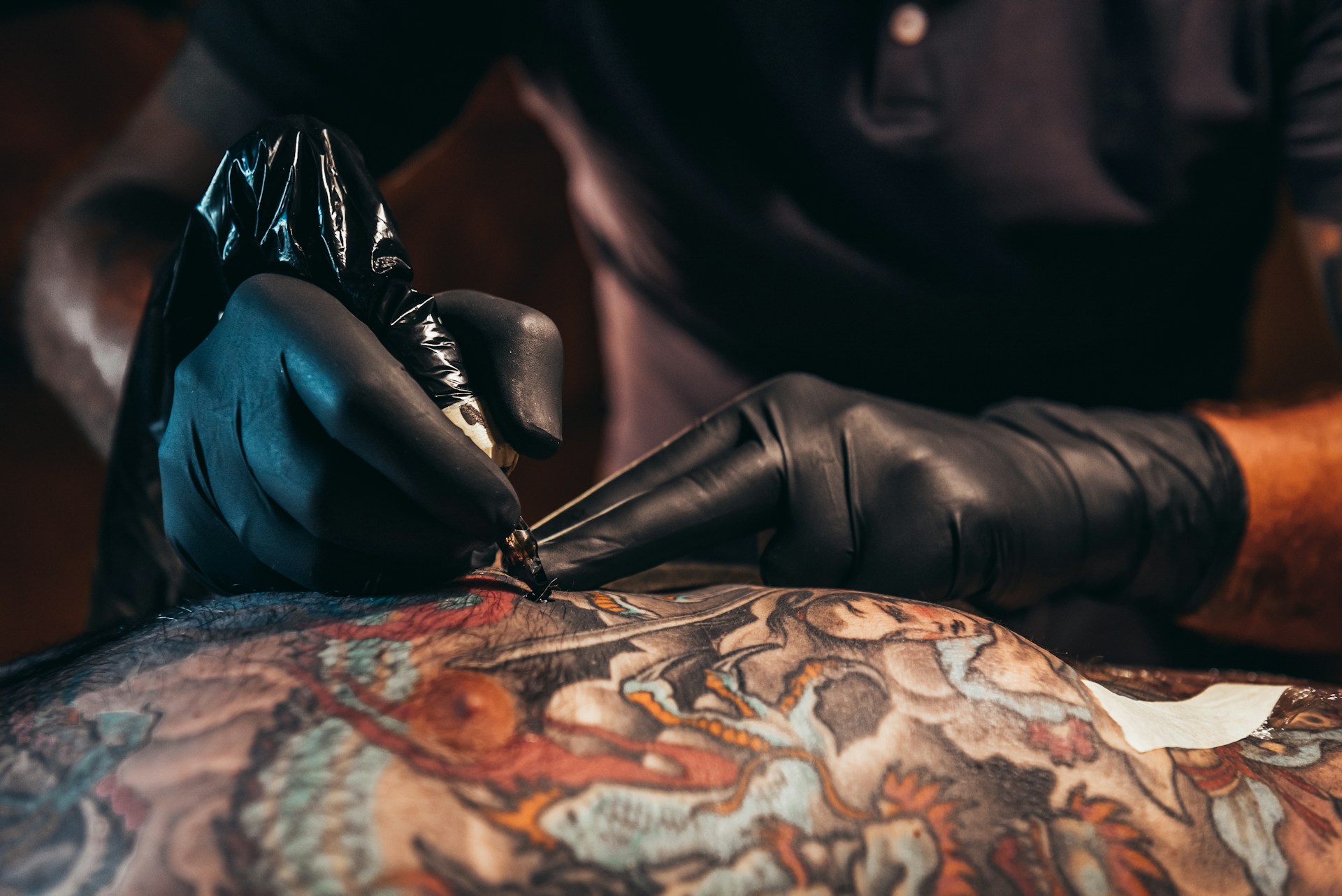Making a Splash: Swimming With Your New Tattoo
New tattoos and avid swimmers, unfortunately, don’t make for an ideal pair. When it comes to fresh ink, water is a definite no-no. Often the leading cause for infections or losing ink, swimming is an activity you’ll have to be willing to sacrifice for the first few weeks after your session at the tattoo shop. If you can’t avoid getting into the water, here are a few tips for keeping your brand-new piece safe.
The Basics of Post-Tattoo Care
Before soaking in a tub or exposing your piece to a wet environment, you’ll want to adhere strictly to your artist’s advice. Upon inking, your technician will wrap your tattoo with plastic or bandage. Once home, remove the wrap, washing off blood and plasma with warm water and mild soap.
In the following weeks, apply a recommended tattoo aftercare cream or gentle, unscented lotion. As much as possible, keep the area dry and avoid scratching. Protect your ink from direct sunlight by applying generous amounts of sunblock.
Is a Tattoo, “Water Friendly?”
In essence, a tattoo is an open wound. Protecting it in its early stages is paramount, as fragile skin is prone to infection. While healing, the outer layers of your skin dries, flakes, and crumbles.
When in contact with water, scabs can fall off earlier than intended, causing your ink to fade if the area becomes soggy and sticky. Ideally, the only time you should soak your tattoo is in the shower or during cleaning.
If your piece is a larger one, cover it up with plastic wrap to avoid coming into contact with too much water. Air dry or towel-blot the area before getting dressed.
When Can You Go Swimming?
With a brand new tattoo, it’s inadvisable to swim for at least four weeks to avoid germs and bacteria. If you’re anticipating a trip to the beach, plan your tattooing session at least three to four weeks prior.
As compared to a lake or sea, swimming pools are rich in chlorine, a severe irritant that can create rashes. Hardly is a public pool bacteria-free, so you’ll want to take your dip with caution.
On the other hand, sea salt can cause itchiness, the development of rashes, or the appearance of redness.
How to Protect a Healing Tattoo
Waiting a month doesn’t mean you’re free to neglect your care routine. If you need to submerge your piece, you can apply a waterproof bandage or water-repelling ointment. Clean and dry your tattoo thoroughly after every swim and avoid swimming for over an hour. Cap off your regimen by applying a tattoo balm or lotion.
Conclusion
Whether an avid beach-goer or city-dweller, work to keep your tattoo dry as much as possible. Schedule your session according to your upcoming road trip or swim meet, keeping in mind to carry antibacterial wash with you. Are you on the hunt for a stunning sleeve or stand-out piercing? Lucky Deville Tattoo Co is one of the best tattoo places in Buffalo, NY, for bold and daring body art lovers.



